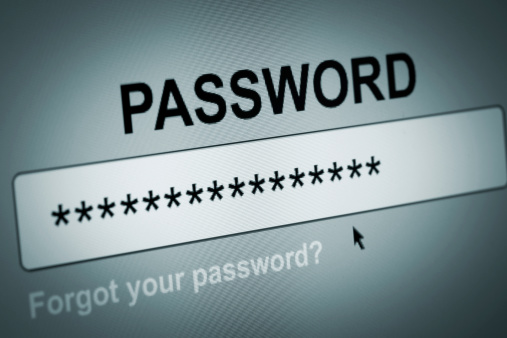As internet technology broadens in scope and offers increasing convenience, web users become increasingly reluctant to use traditional login and password credentials to sign up for new services. While the password, when used correctly, is a very reliable method of ensuring account security, it gets less effective as the user in question is tasked with remembering more and more combinations in order to gain access to different services.

Many users simply skip this problem by using the same login and password across multiple sites and accounts. This is a dangerous bet, however, since having one account compromised immediately means that the user’s entire online identity is at risk. New advances in cybersecurity seek to bypass this issue by introducing new methods of verifying user credentials without relying on complicated passwords.
Shared Authentication Offers Ultimate Convenience
If you’ve tried signing on to a new service recently, chances are you’ve seen the option to use your Facebook or Google credentials to do so, effectively bypassing the need to fill out a form and create a new password set. This is by far the most convenient method for user authentication on the market at the moment, and it will continue to be relevant for years to come.
What shared authentication offers in convenience, it lacks in absolute security, since anyone who compromises your Facebook account, for instance, will easily gain access to any other accounts you authenticated using Facebook.
Multifactor Authentication Increases Security
Another new technology that is helping ease the password’s retirement is multifactor authentication. By requiring several different types of information that only the user would know, it is possible to reliable verify that user’s identity without having to resort to password memorization. This technology is not foolproof, since any attacker who learns the secret information connected to a user’s account can then access that account.
Mobile Biometric Authentification Moves Forward
With Apple unveiling Touch ID technology with its fifth-generation line of iPhones and iPads, a new form of user identification and verification was made available. Research has found that users find biometric identification much more secure than traditional passwords, and furthermore, that more than 50 percent of consumers are willing to choose any authentication method other than the login/password combination when signing up for new services.
This means that we will see a continued push towards mobile biometric authentication in the future. Web services such as PayPal already take full advantage of biometric Touch ID technology in their iOS applications. It is only a matter of time before this technology makes its way to traditional banking systems, corporate ID credentials and more.
A longtime staple of science fiction, biometric authentication allows the secure transmission of information to and from an individual without requiring them to remember to input anything; their fingerprint is typically enough to securely identify them. This offers a level of security that passwords simply cannot match.
What the Future Holds for Identity Security
While the login/password credentialing system has its merits and will surely be an option for years to come, it is gradually becoming obsolete. New technology is guaranteed to overtake this system, and will most likely consist of a combination between biometric and shared authentication methods. Additional multifactor authentication may be involved, or be used in cases of possible identity theft, in order to produce multiple layers of security that are both secure against attack and convenient for the user to access.
Contact Us

